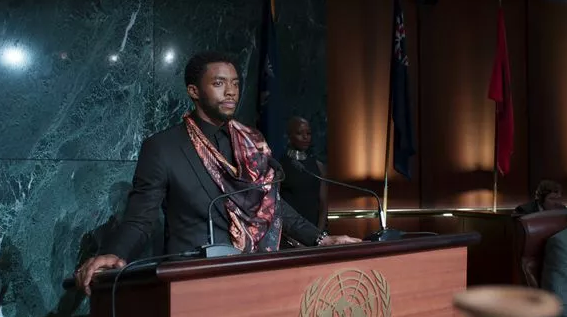It’s summer, and one of my kiddos just returned from sleepaway camp. From the title of this post and the content of the last one, you might be thinking that I’m going to be writing about Friday the 13th or Cabin in the Woods or that sort of thing, but no. This post is a lot less about simulated bloodshed and a lot more about training a generation of young people to stick it to the Man.
Well, not really.
Sort of sticking it to our consumerist society. In a nice way they probably won’t even notice.
I’ll explain.
I once went to a summer camp in West Virginia called the Burgundy Center for Wildlife Studies. It had some typical camp experiences like hiking and swimming and archery, but the thing that always set it apart in my mind was mealtime. Because they took an entirely different approach to food than anywhere else I’ve ever heard of.
They might have recycled. They might have composted. It would totally be in-character for them to do so, but I don’t really remember what happened to the food containers. What I remember is the Weighing of the Waste.
This camp did what video game experts call “gameification,” in which you take an ordinary activity and turn it into a game. Need to burn calories? Put on a FitBit or a pedometer and track your number of steps that day. Want to explore your town? Find a Pokemon in the virtual overlay. You get the idea.
Burgundy quite literally gameified garbage.
After each meal, each table would scrape their uneaten food from their plates into a bucket, cleaning their plates entirely right down to the spaghetti sauce. Then, the bucket would be publicly weighed. At the beginning of camp, the contents of the bucket always weighed several pounds. But as each table started to work as a team to try to get the weight down, each kid took only the food they needed, and they ate all the food on their plate. Entire tables would hold up their empty plates, taunting the other kids by saying “NO WASTE!” And by the end of the session, every table was able to say it. In the last few days, the bucket was completely empty.
I have fond memories of that camp. There was something great about feeling like we could solve the world’s garbage problem by getting people to change their behavior.
Reality, is of course, not so kind. We returned to our homes, and of the seven or so campers that went to my high school, I don’t recall any of them implementing a food waste policy like that at home.
And now, years later, the world’s garbage problem could use a lot of help. Google “Great Pacific Garbage Patch” sometime (oh, who am I kidding, just click here. If you don’t know, it’s three times the size of France). By 2025, there will be one ton of plastic in the oceans for every three tons of fish: by 2050, at current rates, it’s possible there will be more plastic in the ocean than fish. (The figure was disputed by a BBC reporter, but considering plastic basically never goes away, the point stands. If it won’t be 2050, there’s always 2051.)
Do you eat shellfish? Fish? Sea salt? I have bad news about microplastics and our food chain. I tried to link an article that wasn’t too hysterical about it, but it’s pretty firm on the side of eating plastic as a Bad Thing. It cites shellfish and anchovies, which we consume whole, as carrying more of a toxic load. If you don’t consume your prey’s digestive tract, you consume less plastic. Personally, I’d rather junk the “less” and go for “zero” and not have to worry about the issue at all.
So that brings us to what the frick we can do about it.
I don’t pretend to have answers. I don’t pretend that I’m not a hypocrite when it comes to being Supa Green. Maybe, like me, you can’t look the earth gods in the eye and say “Yes, Americans waste everything, but I’m different!” Though that’s undoubtedly true, progress starts by saying “I’m different now.”
My own first step down this road was getting some reusable stainless steel straws. I did this slightly before San Francisco banned single-use plastic straws. They swung the ban-hammer because:
a) there was a video with a sea turtle
b) straws are wasteful as hell
c) they didn’t think too hard about the boba shops they love so much
d) California sees problems and wades into them like an MMO with a nerf bat
The boba shops are buying up as many paper straws as they can, which has (of course) caused a shortage. My solution is to suggest people start carrying their own boba straws. Oh, you think milk pearl tea isn’t masculine? Pick up a steel boba straw sometime. Sure, you could do reusable silicone, but these suckas double as fist-loads and emergency tracheotomy gear.
As many critics point out, straw bans are kind of a Band-Aid on the problem. So screw it, let’s face the real problem — we have too much output of stuff — carbon emissions, garbage, plastic — because humans aren’t normally efficient at what they do. In America, where “a free country” often means “being free to make dumbass decisions” we pile up waste faster than any other nation on Earth. We can pass laws about this kind of thing, but I’ll talk about that in some other post.
Here are some links to people who know more about this stuff than me: zero waste bloggers.
I’m going to stop there, because overload is a real thing. Pick one. Start reading. There’s lots of weird little choices you can make, far too many for me to list. Pick one improvement you could do this week. Then do it.
I promise the table next to you won’t taunt you.


